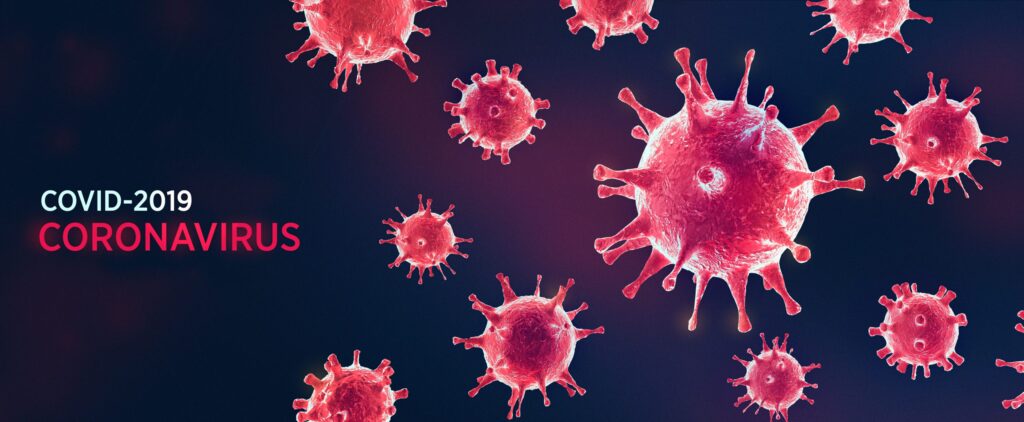
Late summer/fall allergies are here! This time of year, molds and weeds like ragweed, golden rod, and sagebrush are the culprits. Having grown up in the Midwest, I remember suffering from seasonal allergies so severe that I was unable to breathe through my nose despite multiple antihistamines and nasal sprays. After moving to California, the symptoms improved but would become severe again when I returned home to visit family in the fall. Clearly, the root cause had not been addressed, and it wasn’t until I cleaned up my diet that my symptoms were resolved.
An acidic condition and a weakened digestive system contribute to the dysregulated immune system of seasonal allergies. Since 70 percent of the immune system is located in the gut, it plays a major role in allergies where IgE-mediated responses are in over-drive. Acidity perpetuates inflammation, so by alkalinizing the body, it becomes less inflamed. When working with my patients, I focus on healing the digestive system, cleaning up the diet, and boosting antioxidants.
Even if you live in a high allergy city like Nashville, you can decrease your allergy symptoms by following these 8 steps:
- Remove food intolerances. This is an important factor in order to support gut health. I usually have my patients remove gluten and dairy first as well as any foods they think they may have problems with–foods that cause gurgling, bloating, indigestion or diarrhea.
- Remove acidic and inflammatory foods like sugar, alcohol, and caffeine. These foods wreck havoc directly on your immune system and on the gut microbiota (bacteria in the intestines), which have been shown to be mediators in the inflammatory response.
- Eat fermented foods. Small daily quantities of sauerkraut and a bowl of miso soup per day are great ways to support your intestinal microbiota. Miso soup also provides minerals and alkalizes the body. Taking a good quality probiotic may also be beneficial.
- Remove mucus-forming foods like nut butters, flours, dairy and sugar (including processed brown and white sugar, agave nectar, high fructose corn syrup) that contribute to congestion and drainage.
- Eat plenty of nutrient-dense vegetables, especially leafy greens, which support the blood and respiratory system. Lotus root (fresh is best) also supports the respiratory system, and small amounts of daikon may be eaten to dissolve excess mucus build-up. Eat organic foods that are free from herbicides and pesticides, and avoid processed foods, which are packed with additives and preservatives that lead to inflammation.
- Get adequate sleep and relaxation. Both will help balance the immune response and promote healthy growth of supportive microbiota. Take a shower prior to going to bed in order to cleanse away the potential allergens you have acquired during the day.
- Consume quercetin. Quercetin is a plant pigment (flavanoid) that has antihistamine qualities. It can be taken in supplement form, or eaten in foods, such as onions, green tea, apples and berries. If allergy symptoms are severe, I’ll have my patients also use a hemeopathic medication, Sabadil.
- Get IV Therapy. IV therapy can be helpful for both acute and chronic allergy symptoms. It supports and rebalances your immune system, has an antihistamine effect, and provides and can provides antioxidants such as glutathione and Vitamin C.



